Siting and building new raised beds
jockewing
10 years ago
Related Stories

FARM YOUR YARDHow to Build a Raised Bed for Your Veggies and Plants
Whether you’re farming your parking strip or beautifying your backyard, a planting box you make yourself can come in mighty handy
Full Story
GARDENING AND LANDSCAPINGBuild a Raised Bed to Elevate Your Garden
A bounty of homegrown vegetables is easier than you think with a DIY raised garden bed to house just the right mix of soils
Full Story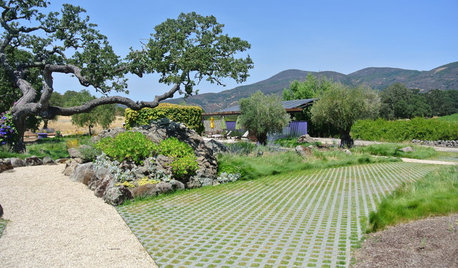
ARCHITECTUREBuilding Green: How to Plan Your Site for Healthier Living
Learn the many ways to create a more eco-friendly environment on your land
Full Story
SPRING GARDENINGInspiring Raised Beds for Fall and Spring Planting
Make Your Next Vegetable Garden Even Better with Beautiful Boxes and Paths
Full Story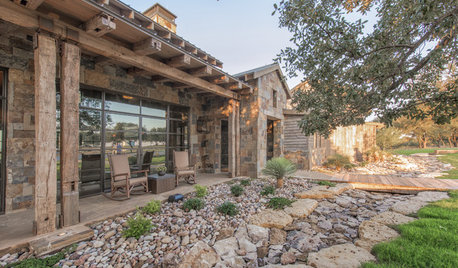
LANDSCAPE DESIGNTo Manage Stormwater Sustainably, Understand Your Site
Follow this guide to learn how water moves through your landscape and how best to manage it
Full Story
GARDENING GUIDESYes, You Can Grow an Edible Garden on a Hot, Dry Site
Difficult garden spots don’t need to deter you from planting trees, herbs and other delicious food plants
Full Story
LANDSCAPE DESIGNHow to Choose and Site Garden Art
The right piece in the right place can make or break the mood of your garden
Full Story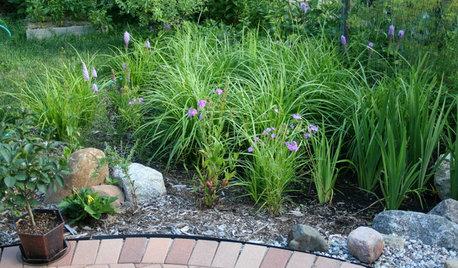
LANDSCAPE DESIGNHow to Site and Size a Rain Garden for Your Landscape
Installing a rain garden is an excellent way to reduce runoff and return water to its source
Full Story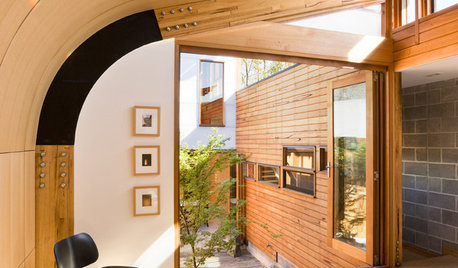
CONTEMPORARY HOMESHouzz Tour: A Sun-Soaked Solution for a Narrow Site
A high wall on one side and a sliver of land on the other allow ample space for a couple building their first home
Full Story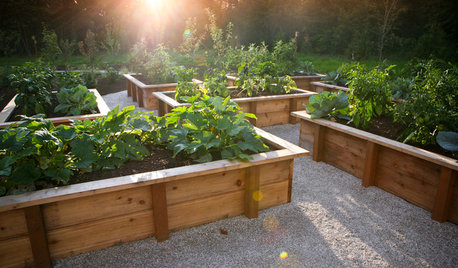
GARDENING AND LANDSCAPINGRaised Beds Lift Any Garden
From good old-fashioned wood garden boxes to modern metal troughs, raised beds can make any landscape space look great
Full Story






Debbie1776
peachymomo
Related Professionals
Fort Lee Landscape Architects & Landscape Designers · Middle River Landscape Architects & Landscape Designers · Oconomowoc Landscape Architects & Landscape Designers · Richmond Heights Landscape Architects & Landscape Designers · Roosevelt Landscape Architects & Landscape Designers · Saint Louis Park Landscape Architects & Landscape Designers · Bloomington Landscape Contractors · Deer Park Landscape Contractors · Euclid Landscape Contractors · Fair Lawn Landscape Contractors · Munster Landscape Contractors · Nanuet Landscape Contractors · Waterford Landscape Contractors · Westford Landscape Contractors · Baileys Crossroads Landscape Contractorsmichaelg
jockewingOriginal Author
peachymomo